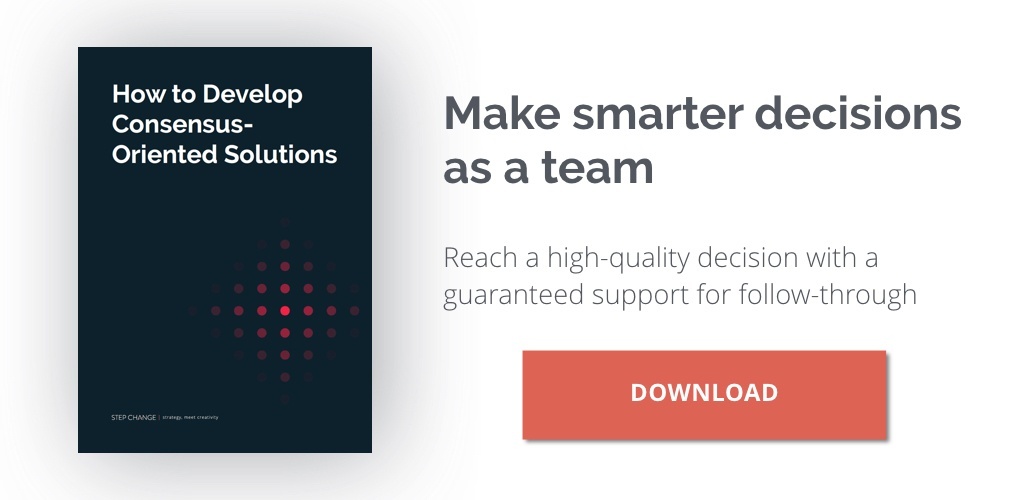As key decision makers in your business, you are expected to make rational, sound decisions every day. However, that is not always the case. You encounter several blind spots, or decision biases, that hinder you from making optimum decisions.
Strategic decision-making goes beyond the strategy itself — it goes into the psychology of the decision maker. You need to recognise your own biases and understand that the prevalence of these biases is actually the product of human nature, habit, executive selection, and general organisational culture.
There are three common stumbling blocks that affect many senior executives’ decision-making. These are the saliency bias, the confirmation bias, and the optimism bias.
Saliency bias is where a person relies too heavily on recent information or highly memorable events, which can be readily recalled, to weigh their judgement, undermining the ability to make objective decisions. Confirmation bias is where a person searches for information that validates one’s hypothesis and ignores all evidence that might contradict it. Optimism bias is where a person feels an excessive optimism towards the future and especially towards one’s own ability to mould and shape it.
When these biases build up over time, they can have an increasingly toxic effect on the organisation. However, there are simple measures to stop yourself from falling prey to these decision biases.
1. Triple Is Key
How much money do you forecast your revenue will be this year? What are the expenses your company will incur this year? How high will the employee turnover rate be this year?
When dealing with questions like this, using a three-estimate method greatly improves your accuracy rate by 50%. You should brainstorm a low range, a medium range, and a high range, instead of just stating one range. With this approach, you’re less likely to be blindsided by things that you had not seen coming.
By using this approach over time, you train yourself in accuracy and start realising how much of an effect your bias had on your original decisions.
2. Two Is True
Another approach you can employ is to make two forecasts and then work out the average. The beauty of this technique is that since you’re taking the average, you expose yourself to the wisdom of the crowd. This strategy is more accurate as research shows when a person sits down and spends some time thinking about a problem, they’re more likely to have a multilevel way of processing the issue and coming up with different perspectives and, ultimately, better answers.
3. Introspective Hindsight
Say you did go with the decision you want to choose; this method uses the beauty of ‘perceived’ hindsight. You bring in other people to tell you what might ensue if you do implement the decision. Bringing in someone outside of yourself can give you that element of objectivity you need and help you identify potential risks that you weren’t able to see.
4. Assimilation
In order for these practices to make an impact on an organisational level, they need to be properly embedded into the organisation. By formally incorporating behaviours that dispel biases and by raising awareness of these biases in your company, executives are more likely to make more strategically aligned decisions to further their company’s progresses.
Conclusion
To think that strategy is just the decision itself is such a myopic way of looking at the issue at hand. Being aware of decision stumbling blocks and having the ability to control them cascade into the way you make decisions. By training yourself about this shift in thinking, you ultimately further your decision-making skills across all areas of life. It’s a heavily transferable skill that never goes out of date.














